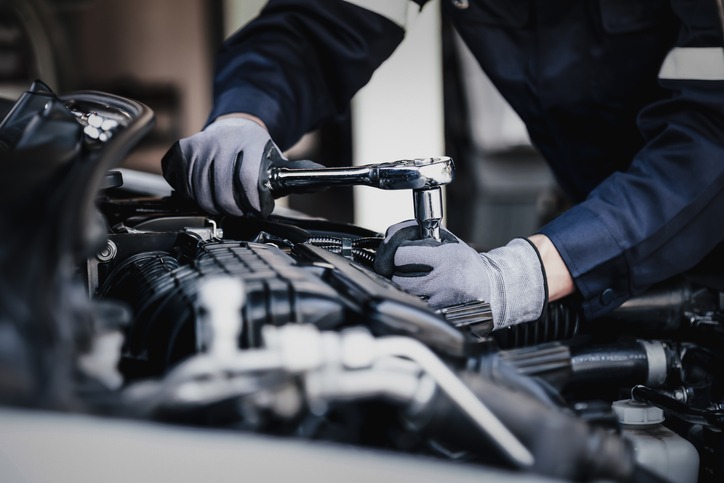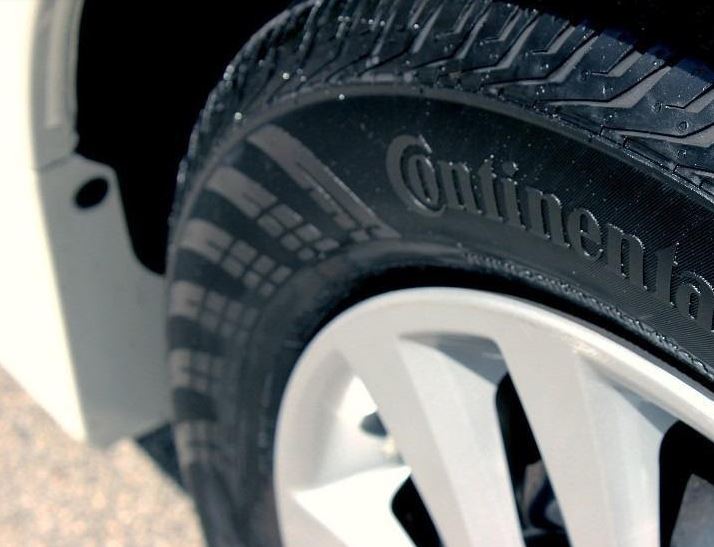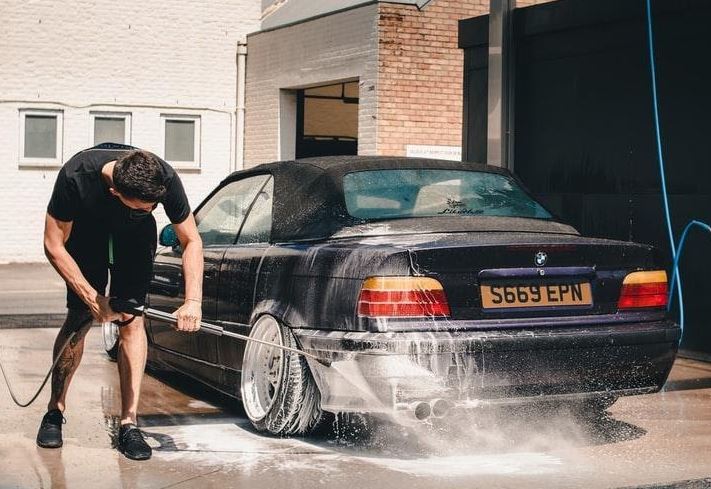Cars are machines, and like any other machines, they too need maintenance. Regularly maintaining your car keeps it running safely and smoothly for longer distances than never doing the upkeep. You’ll find an outline of all the work that needs doing in your owner’s manual, as well as when so you’ll be prepared.
Instead of paying for a mechanic to keep your car in check, you can manage much of the fundamental car maintenance on your own by following these tips.
CAR MAINTENANCE CHECKLIST
View this post on Instagram
Consider adding the following to your car maintenance checklist:
Inspect The Fluids
Your car should have several fluids kept at the proper levels to keep it running well. As stated by Popular Mechanics, you should check your car of their:
- Brake fluid
- Engine oil
- Transmission fluid
- Power steering fluid
- Coolant
Any leak from these fluids can influence the manner your car runs. If you discover a leak, you can distinguish the type of fluid by the color. This helps in determining where the leak originated and also helps in accelerating the process of repairing.
Replace The Oil
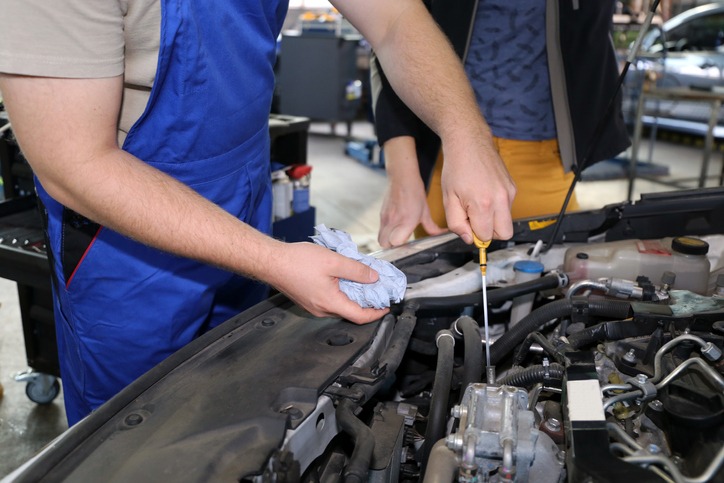
Regularly inspecting and changing the oil of your car is vital in keeping the engine in working condition. Do a monthly check of the oil and replace it as instructed in the manual.
You can either take your car to a service center or change the oil yourself. If you choose to do the latter, learn the basic steps to drain and get rid of the old oil, and setting the proper oil level.
You must also be knowledgeable of the type of motor oil that works best for your vehicle. You usually have to consider three things: your car’s mileage, the viscosity of the oil, and whether to use non-synthetic or synthetic oil.
Check And Maintain Tires
Learning how to maintain car tire pressure helps reduce the damage on them and ensures you’re getting great gas mileage. Inspecting tire pressure includes determining the recommended pressure, checking the PSI, and accordingly deflating or inflating your tires.
Flat tires can be hazardous to you and your vehicle. There are many preventive measures to take to dodge a blowout, which includes wheeling the tires every 5,000 to 10,000 miles and looking out for tire recalls.
Replace the Engine Air Filter
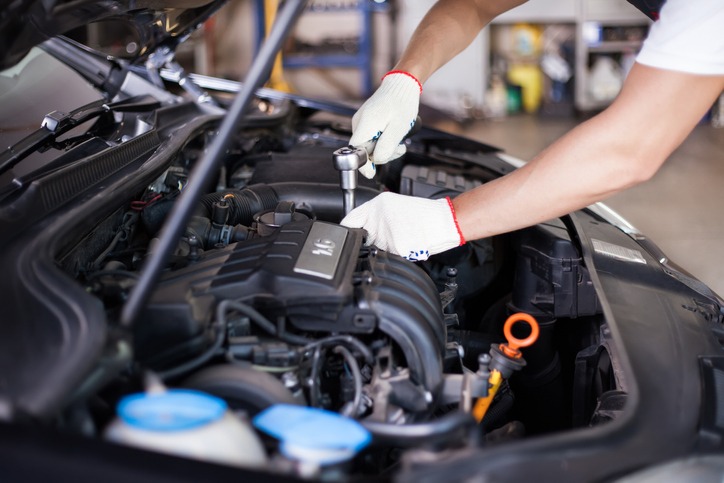
An uncleaned engine air filter allows dirt and other particles to enter your car’s engine and decreases its efficiency. Inspect the air filter annually and replace it when necessary.
Change Windshield Wipers
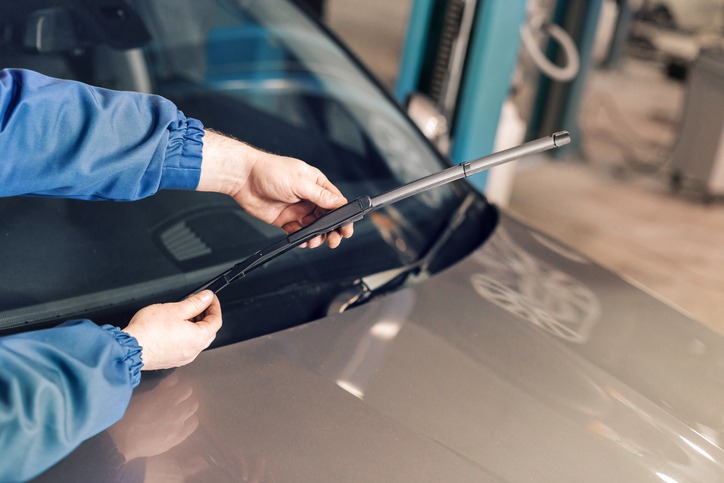
If your vehicle’s wipers aren’t working like they previously do, don’t wait for the issue to become worse. Worn-out or damaged blades can lessen visibility during a snowstorm or heavy rainfall. Keep your car safe by regularly inspecting your wiper blades and changing them when needed.
Examine The Lights

A burn-out or broken bulb is a safety risk— one that could earn you a ticket. Find out how to inspect each of your car’s bulbs thoroughly. If one bub is out, take your vehicle to a mechanic to ascertain what needs replacing.
Headlights are essential safety lights on a vehicle. Consider going out of your way to keep them brightly shining, like replacing the bulbs starting to dim and cleaning the lenses.
Regular Checkups
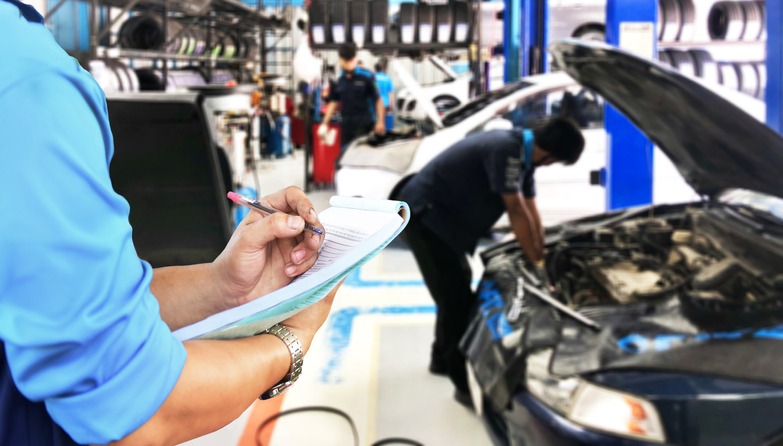
You can do some routine car maintenance at home, although some require the expertise of technicians. Bring your vehicle to a technician if the check engine light turns on. The trained technicians can identify the problem using the car’s onboard diagnostics (OBD-II) port.
A competent repair shop can examine and change other core components such as the wheel bearings and the alternator. Having a schedule for regular tune-ups will ensure you get your vehicle’s other maintenance items repaired.
Regularly Wash Your Car
You expose your car to all kinds of elements, from bird droppings and tree sap to ice melt and road salt. According to AccuWeather, some of these unsightly hazards can damage your car’s undercarriage and paint job.
Maintaining your car’s cleanliness may help avert long-term damage. Discover the washing method that works for you and your vehicle and do it regularly.
Check Belts And Hoses
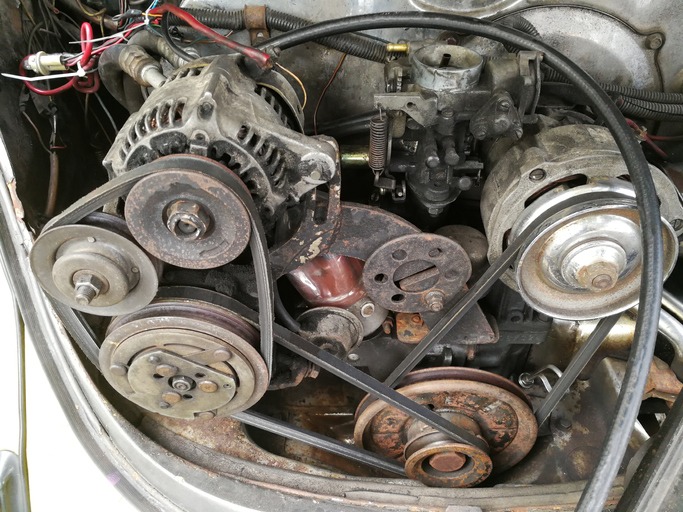
Maintaining your car’s belts and hoses kempt can keep your vehicle running and help avoid a road breakdown. For instance, if you’re driving and your serpentine belt snaps, it might cause several car system failures.
Checking your belts and hoses every oil change will ensure that they’re in tip-top condition and don’t require replacing.
Have Your Brakes Inspected
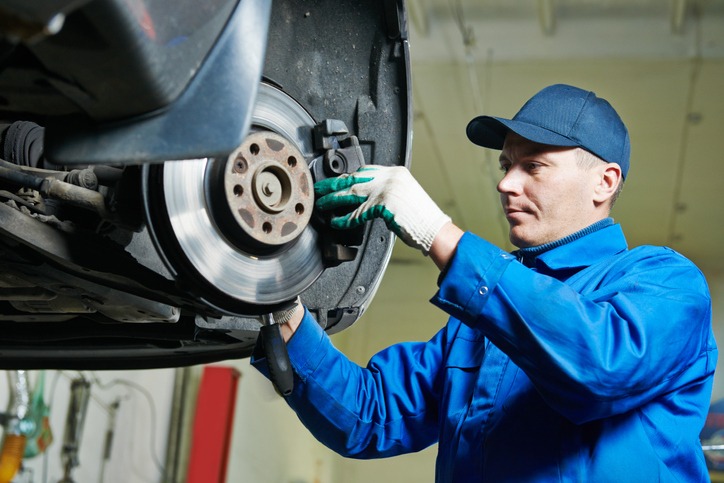
A regular check of your vehicle’s brake pads is also needed. While down the road, keep an ear out for any brake noise and pay attention to vibrating or shuddering from the brake pedal. If there appears to be an issue, have it checked in a service center as soon as you can.
Review Car Insurance
It’s never a bad idea to review your car’s insurance policy now and then. With this, you can ensure your policy’s limits, deductibles, and coverages are up-to-date and suit your current condition.
Check the Suspension
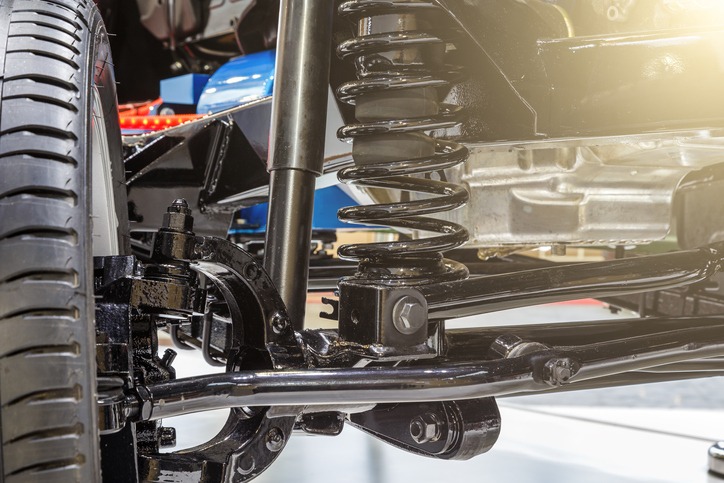
The suspension system is a key component of a vehicle. It helps with traction, stability, and comfort. With time, the suspension system will become worn as cracks, leakages or other damages occur. With that said, it is important that you check the suspension system of your vehicle on a regular basis.The suspension system does not only consist of shocks but also mounts and struts etc. The shock mountings are designed to support the frame of the vehicle. If they become damaged, the impact will be transferred to the vehicle’s body, causing vibration.
At the same time, you should also check if shocks are properly functioning. If the vehicle is feeling extra bouncy, it means that the shocks need to be replaced. On the other hand, the shocks shouldn’t be too stiff either.
Polish and Wax the Vehicle
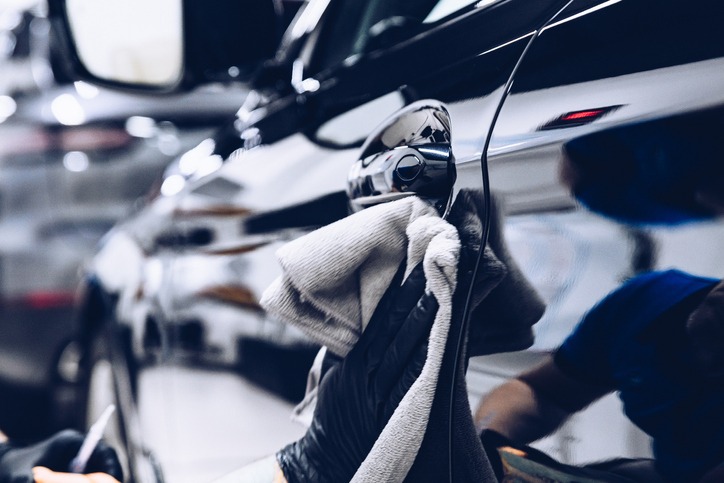
While keeping the vehicle mechanically fit should be your first priority but you should also look after its physical health especially the paint condition. As a vehicle gets older, its paint is supposed to fade as well. However, you can prevent that and keep your vehicle looking as good as new by regularly polishing and waxing it.
Detailing your vehicle protects it from external factors and ensures that rust and corrosion stay away. Additionally, if you plan on selling your vehicle in the future, your vehicle will fetch a relatively better price.
Check the Spark Plugs
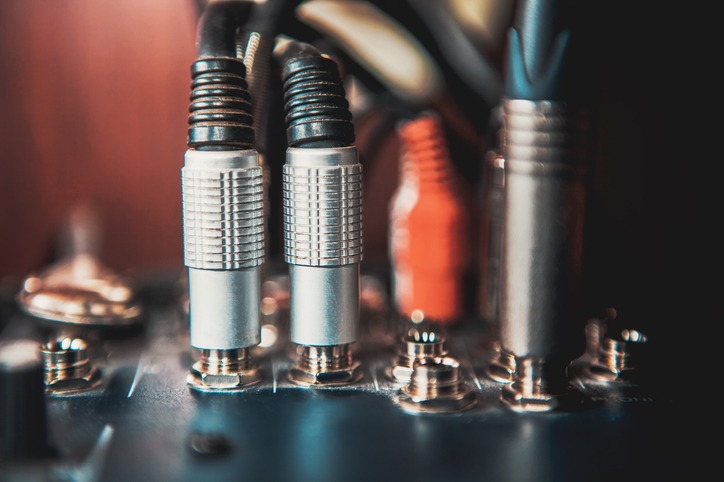
Spark plugs are an essential part of the ignition process. They provide the spark for the combustion to take place. After the vehicle has been driven a few thousand kilometers, the spark plugs need to be replaced as well. The reason is that if the spark plugs fail to provide sufficient spark at the right time, the engine will not start.
At the same time, worn-out spark plugs will also reduce the efficiency of your vehicle’s engine. Your vehicle will consume more fuel and drive rough. Ultimately, the engine will lose power and won’t function at its optimum.
FAQs: Tips for Servicing and Maintaining Your Vehicle
Here are some popular questions asked about servicing and maintaining your vehicle.
1. What are important maintenance tips for a car?
When it comes to maintaining a vehicle, you should first refer to the user’s manual. Next, you should keep a check on the tire pressure, coolant levels, oil mileage, and oil and air filter replacement. Additionally, check the brakes, suspension, and other essential components.
2. How often should I service my car?
On average, vehicles get serviced atleast once a year. However, it mainly depends on external factors such as weather conditions, dirt, dust, etc. You should get your vehicle serviced as soon as it covers 12,000 kilometers.
3. Do I need a full service every year?
Yes, irrespective of the vehicle is driven or not, annual maintenance is necessary. It gives the mechanics an opportunity to thoroughly inspect the vehicle and fix any potential problems beforehand. Infact, some cars also inform the owners when a service is due.
Conclusion
Maintaining your vehicle in ideal shape keeps you and your passengers secured and also helps you get the most value out of your car when you go to sell it. Also, if you find yourself hesitant about inspecting and replacing a car part, make sure to call a mechanic for aid.

